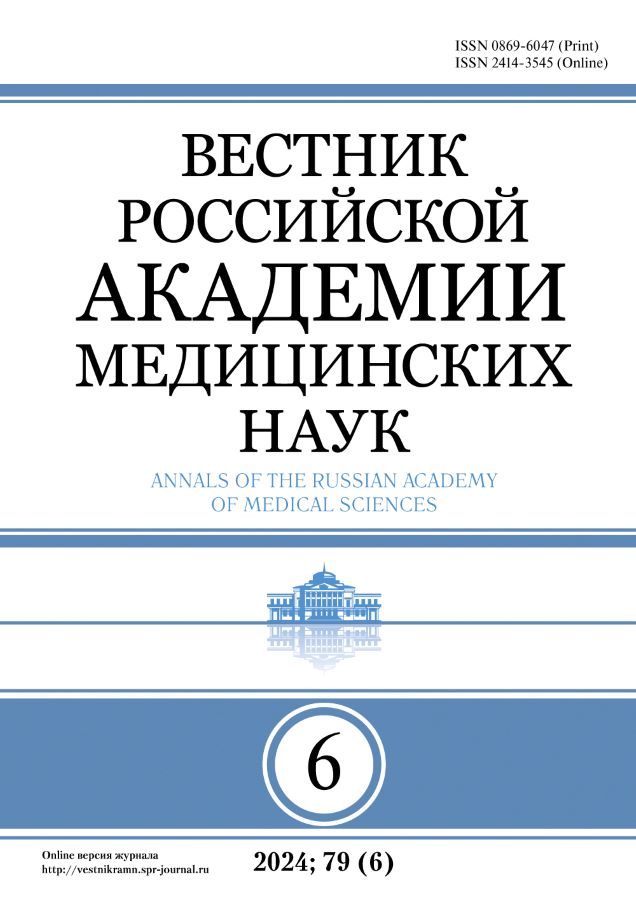Аннотация
Иммуноцитохимическим методом у крыс линии Вистар в 6 ядрах продолговатого мозга, относящихся к сердечно-сосудистому центру, были обнаружены нервные клетки (H2S-нейроны), имеющие положительную реакцию на цистатионин β-синтазу (СВS) — фермент, участвующий в синтезе сероводорода в мозге. Установлено, что у крыс с реноваскулярной гипертензией лишь через 6 нед от начала развития гипертензии в нейронах ретикулярных ядер наблюдается значимое снижение содержания CBS, хотя число H2S-позитивных клеток в этот период существенно не меняется. Только на 12-й нед реноваскулярной гипертензии отмечается выраженное сокращение доли H2S-позитивных нейронов в большинстве ретикулярных ядер медиальной зоны, хотя дальнейшего снижения интенсивности ферментативной реакции в нейронах не отмечено. Между 14 и 16-й нед развития гипертензии дальнейшего сокращения доли H2S-нейронов и содержания в них фермента не наблюдается. В одиночном ядре и ретикулярном латеральном ядре, воспринимающих афферентные импульсы, при развитии реноваскулярной гипертензии определяются минимальные изменения величины показателей.








